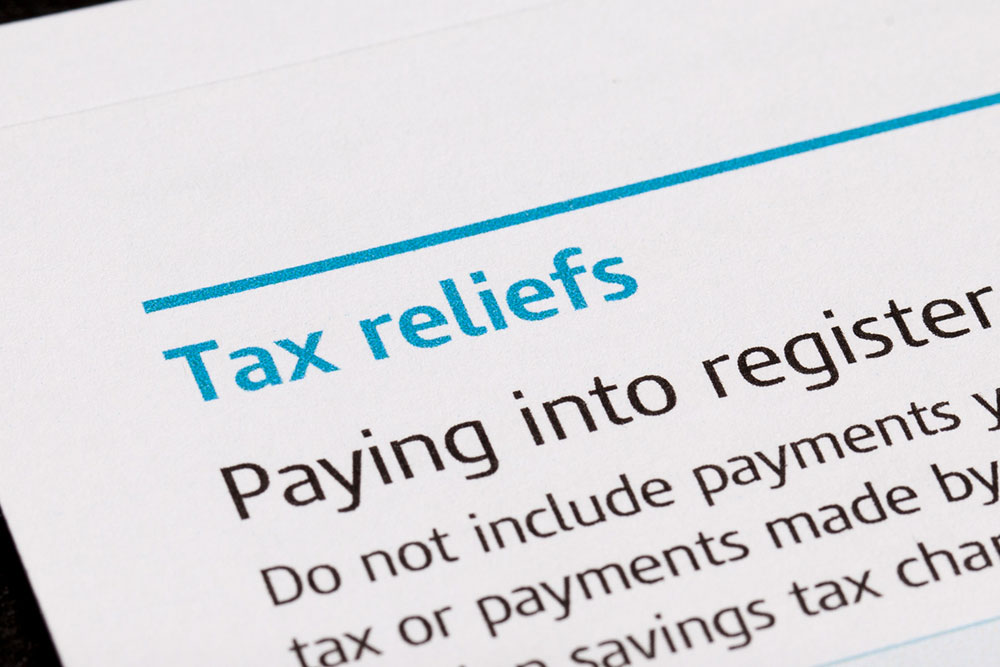Comprehensive Guide to Student Loan Debt Relief and Forgiveness Programs
This extensive guide explores federal student loan forgiveness and debt relief programs, tailored options for professionals like teachers and healthcare workers, and strategic repayment methods. Borrowers can learn how to qualify for loan forgiveness, apply process, and maximize their chances of reducing or eliminating debt through government-backed initiatives. Whether you're a recent graduate or a seasoned professional, understanding these programs can provide financial relief and stability, paving the way for a debt-free future. This article helps demystify complex student loan options, empowering borrowers to make informed decisions.

Comprehensive Guide to Student Loan Debt Relief and Forgiveness Programs
Student loan debt has become an overwhelming financial burden for many individuals pursuing higher education. Thankfully, federal laws and government-backed programs provide various pathways for borrowers to manage and potentially eliminate their student debt burden. Navigating these options can be complex, but understanding the available programs, eligibility criteria, and application processes is essential for anyone seeking relief from student loan obligations. This comprehensive guide offers detailed insights into federal student loan forgiveness options, programs tailored for specific professions, and strategic repayment alternatives designed to ease financial stress and promote long-term stability.
Federal student loan forgiveness programs are a compelling resource for qualifying borrowers. Among these, the Public Service Loan Forgiveness (PSLF) program stands out as a prominent option for individuals committed to public service careers. This program offers full loan forgiveness after 120 qualifying payments over ten years, provided the borrower works for qualifying federal, state, or nonprofit organizations. Only loans classified as direct loans — including subsidized, unsubsidized, and consolidation loans — are eligible under PSLF. Loans from Perkins and FFEL programs are not directly eligible unless they are consolidated through the Department of Education. Besides PSLF, Perkins has its own separate forgiveness scheme tailored exclusively for Perkins loans.
The criteria for qualifying for forgiveness are specific. Borrowers must have completed 120 on-time payments under an income-driven repayment plan or the standard repayment plan. Additionally, working full-time for qualifying organizations such as government agencies or non-profit entities is essential. Loan consolidation can be an effective strategy to reset the number of qualifying payments, making borrowers eligible sooner. It's crucial to assess whether you meet the eligibility requirements, especially if you are close to meeting the payment threshold or working within qualifying fields.
Applying for student loan forgiveness programs is a straightforward process that can often be conducted online. You will need to submit necessary documentation verifying employment, payments, and income levels. The federal student aid office will review your application and determine your eligibility, including the number of qualifying payments you've made. The PSLF program was launched in October 2017 and continues to be a valuable pathway for those working in public service sectors to achieve full loan forgiveness on remaining balances after meeting all criteria.
Specialized Loan Forgiveness Programs for Professionals
Many professional fields have specific loan forgiveness opportunities designed to attract and retain skilled workers in critical sectors. Here are some notable programs tailored to different professions:
Teachers: Teachers working in low-income or underserved schools for at least five consecutive years can qualify for loan forgiveness through federal programs. Up to $17,500 of student debt from FFEL loans can be forgiven, provided the teacher holds appropriate certification, maintains good standing, and does not default on loans. The longer the service, the higher the forgiveness potential, with some programs offering full cancellation if all criteria are consistently met. These incentives aim to encourage qualified teachers to serve in challenging environments, ultimately benefiting underserved student populations.
Medical Professionals: Recognizing the significant societal contribution of healthcare workers, various programs support doctors, nurses, and other medical staff. These initiatives may provide substantial loan forgiveness or repayment assistance, particularly for those working in underserved regions or specialized fields. Medical professionals often encounter high educational debt, and these programs serve as vital support mechanisms to encourage retention in critical health services.
Nurses: Full-time registered nurses holding Federal Perkins Loans can qualify for complete forgiveness after servicing for five years. Furthermore, nurses working with underserved or critical need populations might be eligible for the Nurse Corps Loan Repayment Program. This initiative offers sizable debt reduction or repayment assistance in exchange for two to three years of dedicated service at designated facilities. Requirements include licensure as a registered nurse and employment at Critical Shortage Facilities, such as rural hospitals or community clinics.
Legal Professionals: Many states and federal initiatives provide loan forgiveness options for lawyers. These programs aim to attract legal professionals to serve in areas with limited access to legal services or in public sector roles. Qualified legal practitioners can sometimes see up to $60,000 of student debt forgiven, easing the financial burden while encouraging service in high-need areas.
Effective Strategies for Managing Student Loan Debt
Beyond direct forgiveness programs, borrowers can consider various repayment strategies to make their student loan debt more manageable and potentially reduce overall payback periods or costs:
Income-Driven Repayment Plans: These plans do not offer outright forgiveness but cap monthly payments based on a percentage of the borrower's discretionary income. Payments typically range from 10% to 15% of income, and any remaining balance after 20-25 years of consistent payments can be forgiven. It's important to note that forgiven amounts may be subject to taxation, depending on current laws. Qualified loans include Direct, PLUS, Stafford, and FFEL loans, and applicants must provide income verification annually through tax returns and income statements.
Pay As You Earn (PAYE): This repayment option limits monthly payments to 10% of discretionary income and offers forgiveness of any remaining balance after 20 years of consistent payments. Only new borrowers after October 2007 who have been disbursed Direct Loans are eligible. Borrowers must periodically submit income documentation to remain compliant.
Other options such as deferment, forbearance, or loan consolidation via direct or private lenders can be considered when encountering financial hardship or when no applicable forgiveness programs are available. These strategies can temporarily reduce monthly payments or help manage multiple loans effectively, but they may extend the repayment period or accrue interest, so professional advice is recommended.





